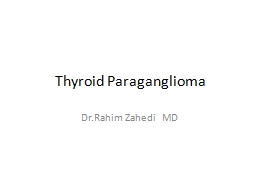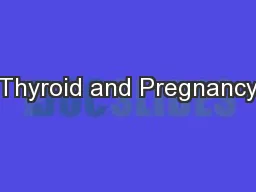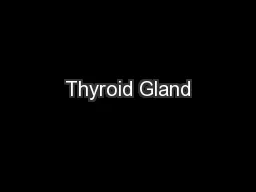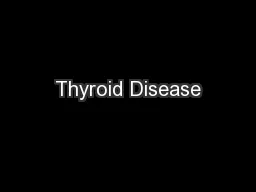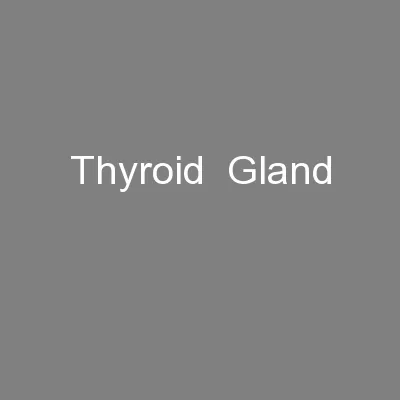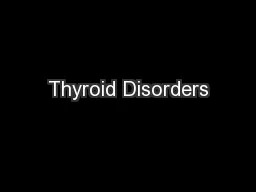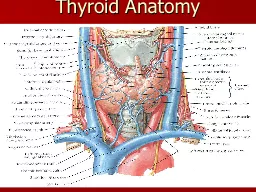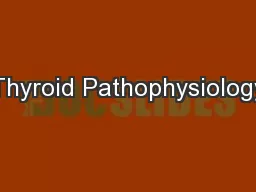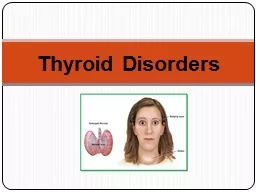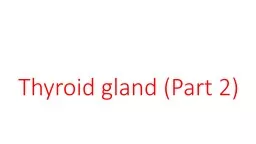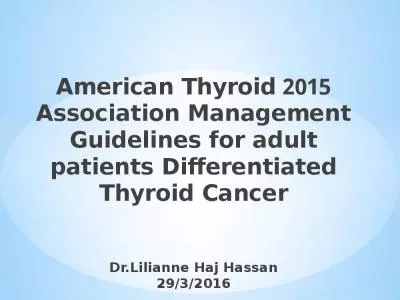PPT-Thyroid Paraganglioma Dr.Rahim
Author : roy | Published Date : 2023-07-23
Zahedi MD Paragangliomas are uncommon neuroendocrine tumors arising from the neural crestderived paraganglia of the autonomic nervous system Paraganglioma adjacent
Presentation Embed Code
Download Presentation
Download Presentation The PPT/PDF document "Thyroid Paraganglioma Dr.Rahim" is the property of its rightful owner. Permission is granted to download and print the materials on this website for personal, non-commercial use only, and to display it on your personal computer provided you do not modify the materials and that you retain all copyright notices contained in the materials. By downloading content from our website, you accept the terms of this agreement.
Thyroid Paraganglioma Dr.Rahim: Transcript
Download Rules Of Document
"Thyroid Paraganglioma Dr.Rahim"The content belongs to its owner. You may download and print it for personal use, without modification, and keep all copyright notices. By downloading, you agree to these terms.
Related Documents

